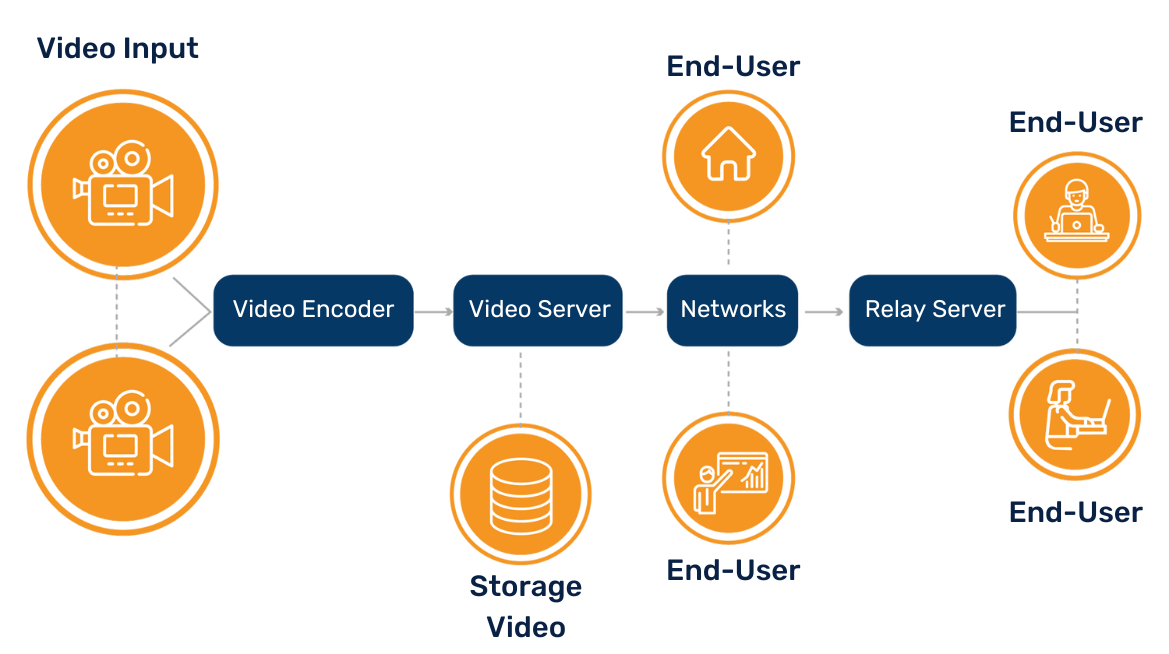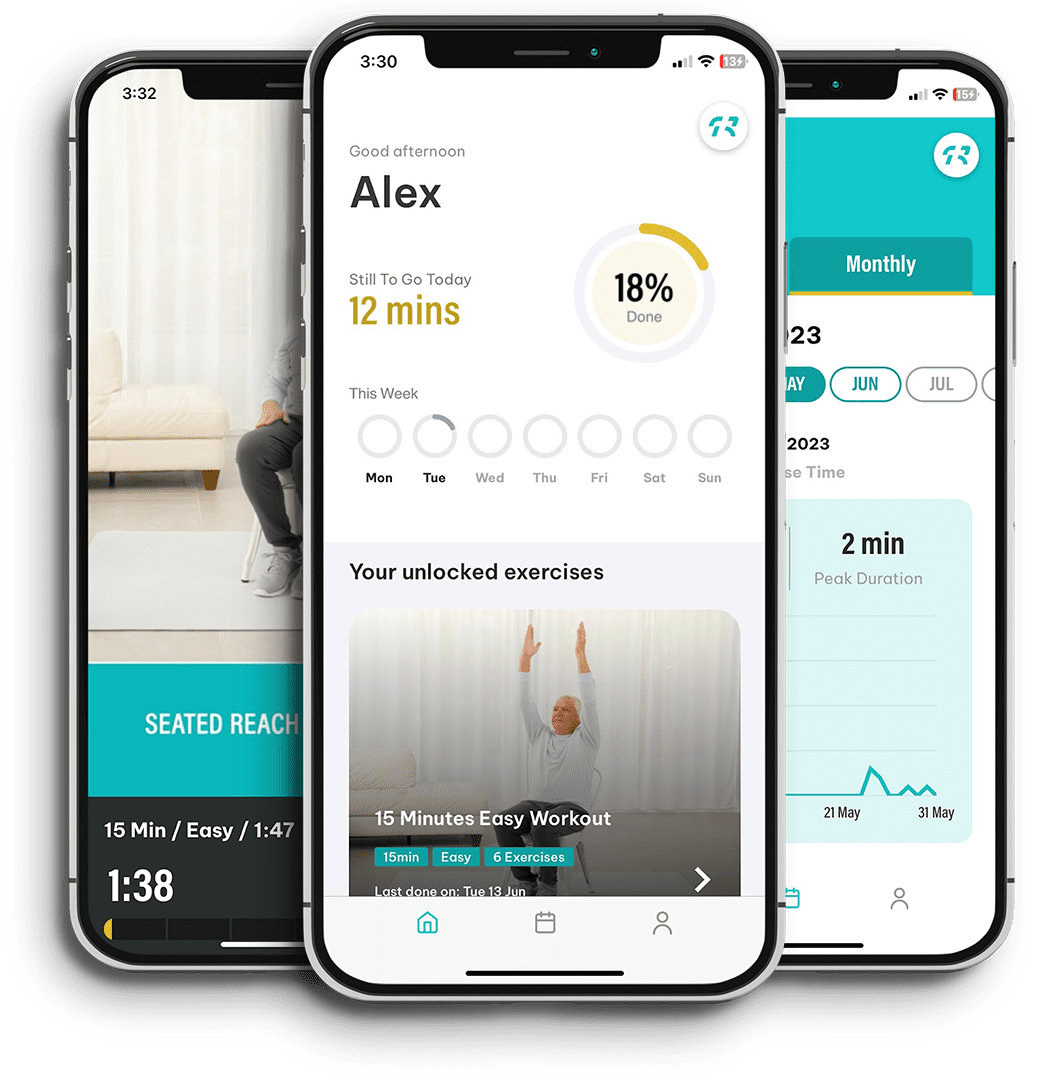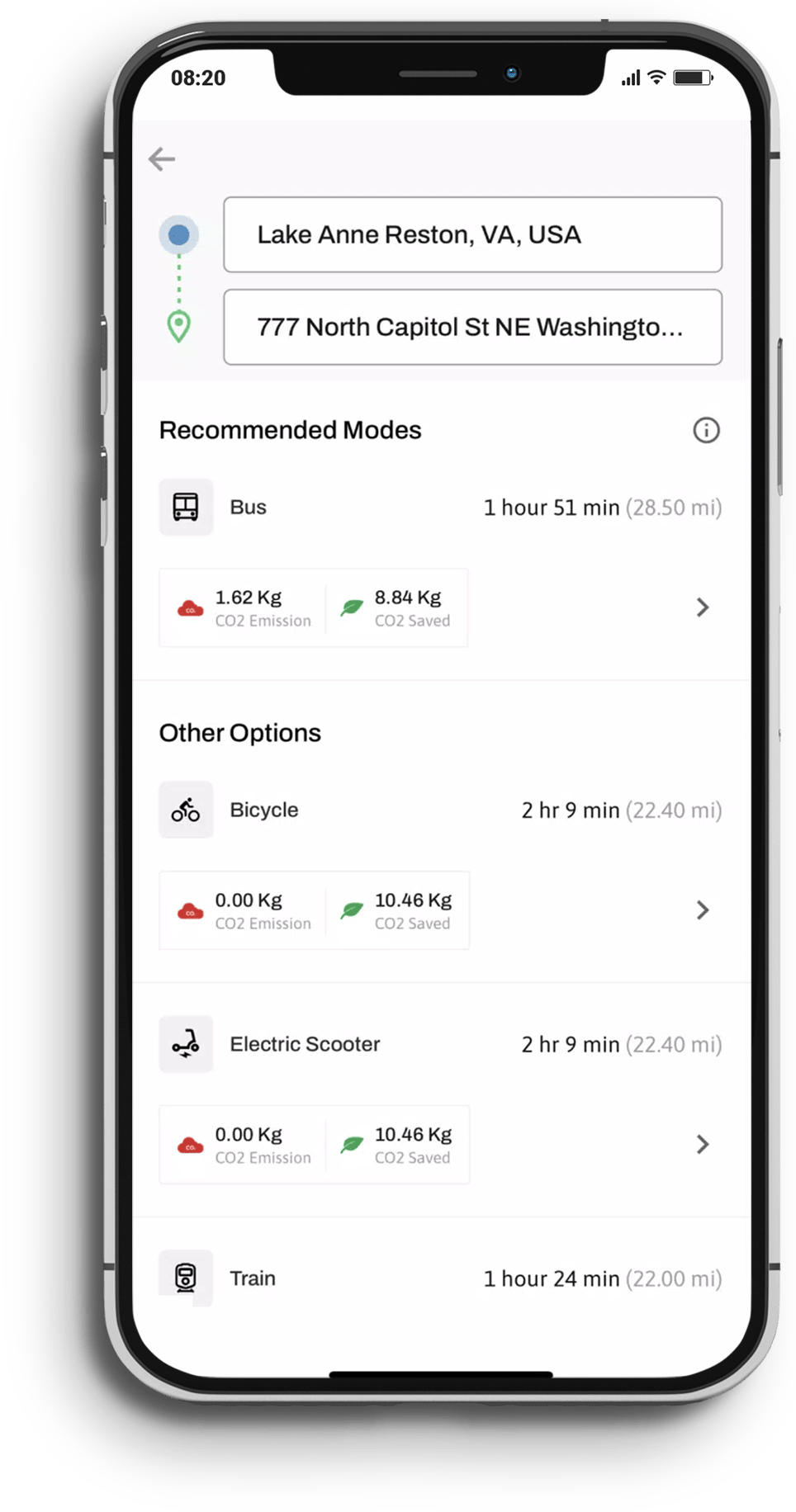In the past few years, there has been enormous growth in digital video processing and communication technology. With a proper plan (Read more in the guide to building a video streaming app), we can develop a high-quality streaming app over different platforms.
Video streaming demands a large amount of data to be processed and transferred with limited bandwidth of communication channels.
Data: Company filings
Note: HBO Max numbers include only the number of paid subscribers that have activated their HBO Max app subscriptions. Many more people pay for HBO via their cable subscriptions but have yet to activate the HBO Max app that comes with their cable subscription.
Fortunately, file compression technologies have overcome these limitations. Wired and wireless communication channels provide a platform for video streaming applications.
However, even with all these video streaming technology stack advancements, you can build a video streaming app, but still, there are some challenges in video streaming app architecture.
The most common issue faced by developers is making their apps scalable. Scalability is your app’s ability to handle a growing number of users. It also has to do with the capacity of your current or future developer to maintain the app.
If you ask whether your app can scale up to exponential growth, you are in the right place. To make your app scalable, you must be prepared to add new features. These features will make your code flexible and keep your app running smoothly.

On the user’s device, whenever they click on a video, it loads for a few seconds and then starts playing. Let us have a look at how this process works in the backend. After the user makes a request, the app transcodes the video.
Transcoding converts a video file from one format to another. This ensures that the video is in a format that works best for a particular device. Transcoding videos enables users to view videos across different platforms and devices.
The most prominent streaming services send their video to their content operation team after they receive it from their video source. Before a user can view a video, it goes through rigorous processing.
The most common process includes the following three steps:
Transcoding attempts or data transmission problems can cause color changes or missing frames. Softwares analyze these videos for any digital errors. Detection of errors results in the video being rejected.
Most video files are multiple terabyte-sized. It is inefficient to process such extensive data. Hence, the video is first broken down into many smaller fragments. These fragments are then encoded in parallel.
Many servers are needed to process all these parts at the same time. Once these parts are encoded, they are validated to ensure no new errors have arisen. Then, they are merged back into a single file and verified again.
Each device has a video format that looks best on that particular device. Video streaming app architecture services use the mass of files created during encoding to support every internet-connected device. All the different formats for a video are called its encoding profile.
This profile is optimized for different network speeds. The faster your network is, the higher the video quality you will see. Even audio and subtitles are encoded into varying levels of quality and various languages.
Fig: Video encoding architecture
How to build a video streaming app? There are various strategies you can employ to build a video streaming app. These are some of the strategies used by the most successful streaming service, Netflix:
A content distribution network aims to put content as close as possible to the users. When the user requests a video, the app will find the nearest server with the video. The app then streams the video from there to the device.
The most significant benefits of CDN are speed and reliability. Moving the video source as close as possible to the people watching it will make the viewing experience much faster and more reliable.
Along with optimizing page content and libraries, CDN also ensures that the application has a faster load time. It loads content from the nearest location of the user. The use of AWS Cloudfront can make a significant difference in terms of loading speed along with supporting caching strategy.
Some streaming services even start their CDNs, but this can only be done if their video catalog is small enough. If the videos are fewer, one location can store all the content. As companies grow, building their CDNs makes even less sense.
Third-party CDNs allow them to have a global reach instantly using existing services. Outsourcing their distribution networks gives services more time to work on higher-priority projects. They can utilize this time to create algorithms to adapt to changing network conditions.
In 2012, Netflix launched its dedicated CDN solution to maximize network efficiency. Its own purpose-built CDN has proven to be very advantageous for Netflix. Open Connect is less expensive compared to other third-party distribution networks. It allowed them to control the entire video path.
They now have control over transcoding, CDN, and clients. It has also made the app more scalable. Higher scalability aligns with Netflix’s goal of offering its service worldwide. Their CDN allows them to know who their users are. They even have a computer system for video storage called OCA (Open Connect Appliances).
This helps Netflix make various optimization choices other services cannot make. Their high-performance CDN has allowed them to deliver a superior video viewing experience.
Fig: Technology stack used in streaming services like Netflix
HLS stands for HTTP Live Streaming. It is a video streaming protocol for delivering audiovisual media to viewers over the internet. This live-streaming protocol was first launched by Apple when they launched the first iPhone. It is used to implement an adaptive bitrate streaming format.
The most crucial feature that HLS offers is that it can adapt the bitrate of the video to the actual speed of the connection. HLS streaming videos are delivered from a container format such as mp4. Container formats contain an encoded video and audio track in a single file. This file is then streamed using the streaming protocol.
HTTP Live Streaming is encoded in different resolutions and bitrates. As the connection gets slower, the protocol adjusts the requested bitrate to the available bandwidth. Therefore, it can work on different bandwidths, such as 3G or 4G. Hence, it provides the best UX based on the user’s bandwidth.

RecoveryPlus offers a comprehensive platform that grants users access to exercise videos seamlessly integrated with the app’s tracking functionality, streamlining the monitoring of health metrics. The platform guarantees secure workouts within designated target heart rate ranges and amplifies the monitoring of cardiovascular advancements. Developed by Mindbowser, the intuitive Android and iOS app for RecoveryPlus. Health empowers individuals with cardiac conditions to diligently pursue personalized home exercise regimens.

We have created a platform committed to pioneering sustainability, empowering individuals to make environmentally conscious choices. Collaborating with Mindbowser, this innovative mobile application enables users to directly impact their carbon footprints.

We successfully overcame challenges in DICOM file processing by leveraging AWS services, implementing robust PHI masking, and integrating with strategic platforms. We achieved an impressive 99% success rate and a substantial 30% boost in operational efficiency. Explore the details of our accomplishments and download the complete case study to unlock more insights now!
AWS architecture can be implemented by using a variety of protocols that are layered on top of HTTP. We can build on-demand video streaming solutions with AWS to deliver video content of greater quality to the end users.
Coursera relies on it to provide fast and reliable service to users every day. To allow users to watch videos on-demand, it uses Amazon S3 for storage. It uses Amazon Elastic Transcoder for video processing and Amazon CloudFront for delivery.
Amazon S3 is an infinitely scalable storage facility for your videos. It has built-in redundancy and allows users to pay only for what they use. The Elastic Transcoder takes videos from one S3 bucket and transcodes them as per the users’ request.
Then, it stores it in a second S3 bucket. Amazon CloudFront caches videos at the edges. Therefore, users experience uninterrupted video playback with minimal delays due to buffering. AWS offers global, scalable delivery at a very affordable price point.
Fig: Complete architecture of a video streaming platform
The above representation shows the complete architecture of a media streaming platform using various AWS services.
Scalability is not something that you can incorporate into an app after development. The development process needs to start with scalability as a priority.
Assume that your app will gain rapid success after hitting the market. Hence, scalability is the key factor contributing to your app’s growth potential.
The following are the benefits of scalability:
If your marketing is successful, you should expect massive traffic. If your app is scalable, you can accommodate new customers with zero downtime and without sacrificing user experience.
Sometimes, the code is so complicated that only the original developer can maintain it. With scalable apps, you have the flexibility to hand them off to other developers.
Scalability testing allows developers to identify bugs and glitches before users do. This results in positive reviews and more potential for growth.
Creating your own video streaming service requires you to consider a few points:
With the availability of various types of content ranging from entertainment to education to fitness, creating a differentiator with a specific niche is essential. You can build a platform for documentaries or indie videos.
Innovation and growth can be achieved by disrupting typical monetization models. Plans should always be audience-oriented. As the incumbents have already taken the market space, you can try monetizing with free subscriptions with advertisements or product placement.
You also need to look into the multi-currency requirements if you want to build a streaming service platform to run worldwide.
You should optimize the app’s performance for border cases like low internet speed or for people with limited access.
Netflix’s success is not just streaming videos but also the user engineering and recommendations that hook the user to the app. When planning to build streaming service like netflix, focus on data analytics and user personalization aspects.
User view is just one user role in the Netflix app. One needs to plan for different users and their access, such as admin, video owner, partners, moderators, etc.
The cost of developing a Netflix-like app ranges from $150000 to $350000. This cost includes the iOS application development, the Android application, and back-end and front-end development.
Creating efficient streams and constructing scalable architecture requires substantial effort. The implementation of DevOps services is essential to optimize the utilization of storage and retrieval services.
As a leading live video streaming app development company, we spend considerable time planning your streaming app. According to your audience, we carefully create an application interface, designs, and user experience.
We also efficiently develop and test your app so that it is stable and bug-free when it goes live. This approach is what differentiates us from plenty of other mobile app development companies out there.
Here are some more reasons to hire us:
Have build apps with million+ users streaming videos
Have experience with different 3rd parties and APIs like Webrtc, OpenTok, AWS
Ready models that result in time and cost-saving
Experience in building highly optimized architecture that keeps your hosting costs low
We cover the full spectrum of ML and AI that is required to get the right ROI for your business
Understanding of GDPR, PCI etc compliances
Complementary dashboard to monitor logs, performance and security

We hope this article helped you understand all the aspects of video streaming app architecture. These services can be divided into the backend, CDN, and the client. All requests from the client are handled in the cloud.
Videos are transcoded into different formats for the best viewing experience. While all these are important, scalability is crucial for your app’s success.
If you want to serve millions of users with your video streaming app, you can have our AWS consultation and start now.

We worked with Mindbowser on a design sprint, and their team did an awesome job. They really helped us shape the look and feel of our web app and gave us a clean, thoughtful design that our build team could...


The team at Mindbowser was highly professional, patient, and collaborative throughout our engagement. They struck the right balance between offering guidance and taking direction, which made the development process smooth. Although our project wasn’t related to healthcare, we clearly benefited...

Founder, Texas Ranch Security

Mindbowser played a crucial role in helping us bring everything together into a unified, cohesive product. Their commitment to industry-standard coding practices made an enormous difference, allowing developers to seamlessly transition in and out of the project without any confusion....

CEO, MarketsAI

I'm thrilled to be partnering with Mindbowser on our journey with TravelRite. The collaboration has been exceptional, and I’m truly grateful for the dedication and expertise the team has brought to the development process. Their commitment to our mission is...

Founder & CEO, TravelRite

The Mindbowser team's professionalism consistently impressed me. Their commitment to quality shone through in every aspect of the project. They truly went the extra mile, ensuring they understood our needs perfectly and were always willing to invest the time to...

CTO, New Day Therapeutics

I collaborated with Mindbowser for several years on a complex SaaS platform project. They took over a partially completed project and successfully transformed it into a fully functional and robust platform. Throughout the entire process, the quality of their work...

President, E.B. Carlson

Mindbowser and team are professional, talented and very responsive. They got us through a challenging situation with our IOT product successfully. They will be our go to dev team going forward.

Founder, Cascada

Amazing team to work with. Very responsive and very skilled in both front and backend engineering. Looking forward to our next project together.

Co-Founder, Emerge

The team is great to work with. Very professional, on task, and efficient.

Founder, PeriopMD

I can not express enough how pleased we are with the whole team. From the first call and meeting, they took our vision and ran with it. Communication was easy and everyone was flexible to our schedule. I’m excited to...

Founder, Seeke

We had very close go live timeline and Mindbowser team got us live a month before.

CEO, BuyNow WorldWide

If you want a team of great developers, I recommend them for the next project.

Founder, Teach Reach

Mindbowser built both iOS and Android apps for Mindworks, that have stood the test of time. 5 years later they still function quite beautifully. Their team always met their objectives and I'm very happy with the end result. Thank you!

Founder, Mindworks

Mindbowser has delivered a much better quality product than our previous tech vendors. Our product is stable and passed Well Architected Framework Review from AWS.

CEO, PurpleAnt

I am happy to share that we got USD 10k in cloud credits courtesy of our friends at Mindbowser. Thank you Pravin and Ayush, this means a lot to us.

CTO, Shortlist

Mindbowser is one of the reasons that our app is successful. These guys have been a great team.

Founder & CEO, MangoMirror

Kudos for all your hard work and diligence on the Telehealth platform project. You made it possible.

CEO, ThriveHealth

Mindbowser helped us build an awesome iOS app to bring balance to people’s lives.

CEO, SMILINGMIND

They were a very responsive team! Extremely easy to communicate and work with!

Founder & CEO, TotTech

We’ve had very little-to-no hiccups at all—it’s been a really pleasurable experience.

Co-Founder, TEAM8s

Mindbowser was very helpful with explaining the development process and started quickly on the project.

Executive Director of Product Development, Innovation Lab

The greatest benefit we got from Mindbowser is the expertise. Their team has developed apps in all different industries with all types of social proofs.

Co-Founder, Vesica

Mindbowser is professional, efficient and thorough.

Consultant, XPRIZE

Very committed, they create beautiful apps and are very benevolent. They have brilliant Ideas.

Founder, S.T.A.R.S of Wellness

Mindbowser was great; they listened to us a lot and helped us hone in on the actual idea of the app. They had put together fantastic wireframes for us.

Co-Founder, Flat Earth

Ayush was responsive and paired me with the best team member possible, to complete my complex vision and project. Could not be happier.

Founder, Child Life On Call

The team from Mindbowser stayed on task, asked the right questions, and completed the required tasks in a timely fashion! Strong work team!

CEO, SDOH2Health LLC

Mindbowser was easy to work with and hit the ground running, immediately feeling like part of our team.

CEO, Stealth Startup

Mindbowser was an excellent partner in developing my fitness app. They were patient, attentive, & understood my business needs. The end product exceeded my expectations. Thrilled to share it globally.

Owner, Phalanx

Mindbowser's expertise in tech, process & mobile development made them our choice for our app. The team was dedicated to the process & delivered high-quality features on time. They also gave valuable industry advice. Highly recommend them for app development...

Co-Founder, Fox&Fork
